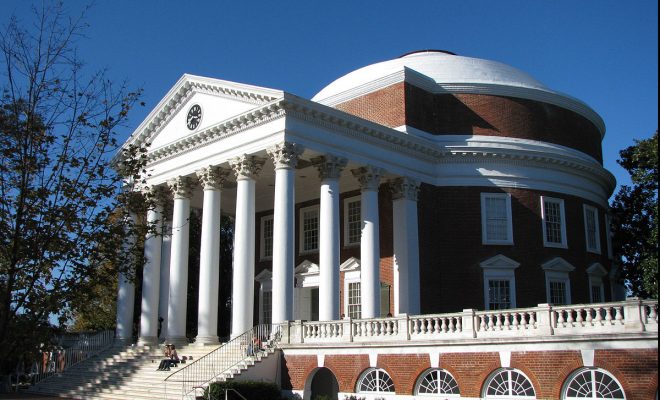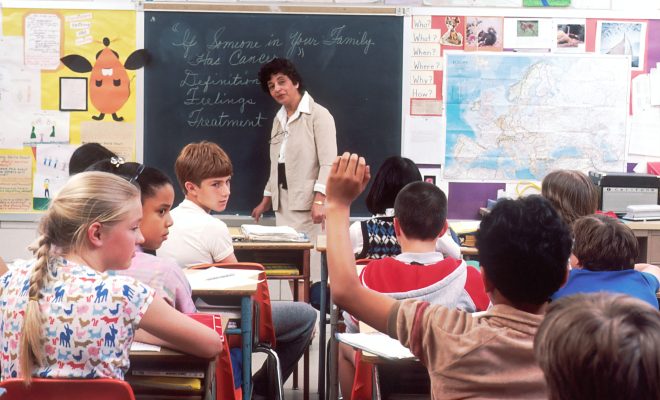The Local Superintendent: Everything You Need to Know

This is the person in possession of the highest authority at the local level. This is the case since this individual is the de facto head of every school in the district. With respect to this, he fulfills both administrative and executive duties. They are commonly chosen by the boards of the school, although some of the districts also pick their local superintendent through the process of election. They are commonly males, as it has been found that 75% of local superintendents are of the male gender.
A superintendent has various duties. He is usually present at the board meeting of the schools as the only person who is a professional educator. This places them in a position to advise the board on issues regarding policies that affect education, as well as other issues that concern education. They are instructional heads of these schools; hence, they guide and help the principals, coordinate and check the performance of staff, and continually evaluate the efficiency of the current programs running in the various schools within the district.
They are a huge part of the day-to-day running of the school; they set policies in education, as well as other areas that have to do with education and students, such as their dress codes or their behavior. Other duties of the local superintendent include the recruiting process of teachers and other staff, as well as ensuring the school facilities are in a good state. The superintendent has an administrative team with assistants who help to make their tasks easier. A very vital function of the superintendent is to heighten the awareness of the public regarding the plans of the school board in the district.
Another crucial role is the fact that they act as negotiators for their jurisdiction in political settings. Hence, they must have a firm grasp of a wide range of problems affecting the education of students and be skilled to sort out these problems via negotiations with the board, especially in the areas of policy and decision-making. To achieve this, they must be in close relation with the members of their community so as to identify with their struggles (particularly those of the students in that community). These roles of the superintendent that have been described were decided by the American Association of School Administrators (AASA) in 1993.
They employ the use of data from research to identify problems in their schools, make decisions or push beneficial agendas. They are seen as highly skilled in working on the curriculum and in creating a way to evaluate academic success. They carry the burden of ensuring all the students in their school have the opportunity of getting the best education, so data and research are very important to them.
After staff evaluation, they consider if they need to offer some sort of training to make them improve professionally and deliver their best as educational personnel. They are also expected to work with the values of the district and schools they represent in mind. They are supposed to lead by example all through their tenure. The tenure of a local superintendent typically lasts for five years and six months.






